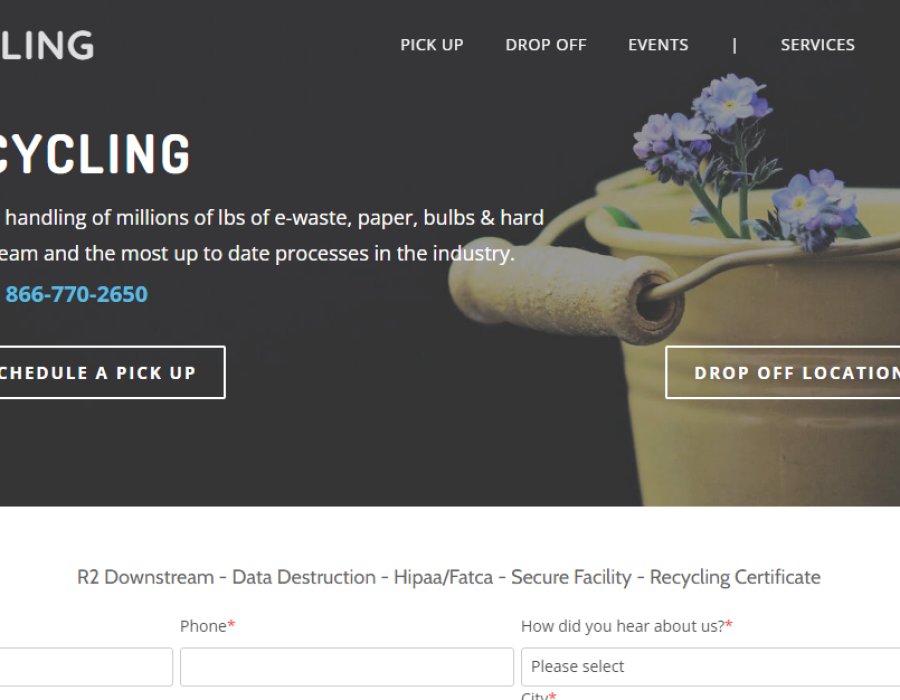Paint Bucket Recycling: A Guide to Eco-Friendly Disposal
If you've completed a painting project and are left with empty or partially filled paint buckets, knowing how to recycle or dispose of them responsibly is essential. Paint, especially oil-based varieties, contains chemicals that can harm the environment if not handled properly. This article provides a comprehensive guide to paint bucket recycling, including disposal methods, the environmental importance of recycling, and tips for reducing paint waste.
Why Recycle Paint Buckets?
1. Environmental Impact: Paint Bucket Recycling, especially those with leftover paint, can release harmful chemicals that seep into the ground, contaminating soil and groundwater. In landfills, these chemicals can produce toxic runoff that threatens nearby ecosystems and communities.
2. Resource Conservation: Many paint buckets are made from plastic or metal, materials that can be recycled. By recycling, we conserve resources and reduce the energy needed to manufacture new plastic or metal items.
3. Compliance with Regulations: Many areas have regulations regarding the disposal of hazardous materials. Recycling paint buckets properly helps ensure compliance with local waste management laws and avoids potential fines.
How to Recycle Paint Buckets Responsibly
The process of recycling paint buckets depends on the type of paint and whether any paint remains in the bucket. Here are a few steps and options:
1. Empty or Dry Out the Bucket
For buckets with only a small amount of paint left, the easiest method is to dry out the remaining paint:
- Latex (Water-Based) Paint: Leave the lid off in a well-ventilated area, allowing the paint to harden naturally. Adding an absorbent material like cat litter or sawdust can speed up the drying process. Once dry, the bucket and hardened paint can often be disposed of in regular trash, as water-based paint is typically considered non-hazardous.
- Oil-Based Paint: Oil-based paints are hazardous, even when dry. These buckets should be taken to a local hazardous waste facility or recycling program that can safely handle them.
2. Check for Local Recycling Programs
Many cities have paint recycling programs through which residents can safely dispose of paint buckets:
- Household Hazardous Waste (HHW) Facilities: Many municipalities operate HHW facilities where residents can drop off hazardous materials like paint and paint buckets. Check with local waste management services or government websites for locations and hours.
- Retailer Programs: Some paint stores participate in take-back or recycling programs, where you can drop off old paint buckets for recycling or disposal. Major retailers like Sherwin-Williams, Home Depot, and Lowe’s often participate in these programs. Be sure to contact your local store for specific policies.
3. Repurpose Paint Buckets
Once clean and dry, paint buckets have plenty of potential for creative reuse:
- Storage Containers: Use buckets for organizing tools, gardening supplies, cleaning materials, or household items.
- DIY Projects: With a little creativity, paint buckets can be transformed into flower pots, organizers, or even seating options for outdoor spaces. Adding paint or covering them with fabric can turn them into stylish storage or decorative items.
Additional Tips for Reducing Paint Waste
To minimize the number of paint buckets that require recycling, consider the following tips for reducing paint waste:
1. Estimate Correctly: Calculate the amount of paint needed before starting a project to avoid buying more than necessary. Many paint stores offer online calculators to help with accurate estimates.
2. Store Paint Properly: Ensure leftover paint is stored correctly to extend its shelf life. Store buckets in a cool, dry area, tightly sealed to prevent drying. Proper storage allows you to use the paint for future touch-ups or projects.
3. Donate Leftover Paint: If you have extra paint, consider donating it to local schools, theaters, community centers, or nonprofits. These organizations often have small projects and may benefit from your donation.
The Benefits of Paint Bucket Recycling for a Sustainable Future
Recycling paint buckets helps reduce the demand for raw materials, lowers energy consumption, and minimizes environmental pollution. Many recycling centers accept metal and plastic buckets, which can be broken down and repurposed into new products, closing the loop on resource use.
Furthermore, safe disposal of paint and paint buckets supports community health by reducing exposure to potentially hazardous chemicals. When we recycle responsibly, we contribute to a cleaner environment and promote a culture of sustainable practices.
Conclusion
Recycling and repurposing paint buckets are small yet impactful actions for creating a more sustainable world. By properly disposing of paint and buckets, repurposing materials, and reducing excess paint purchases, we can lessen our environmental impact and ensure safe,





Comments